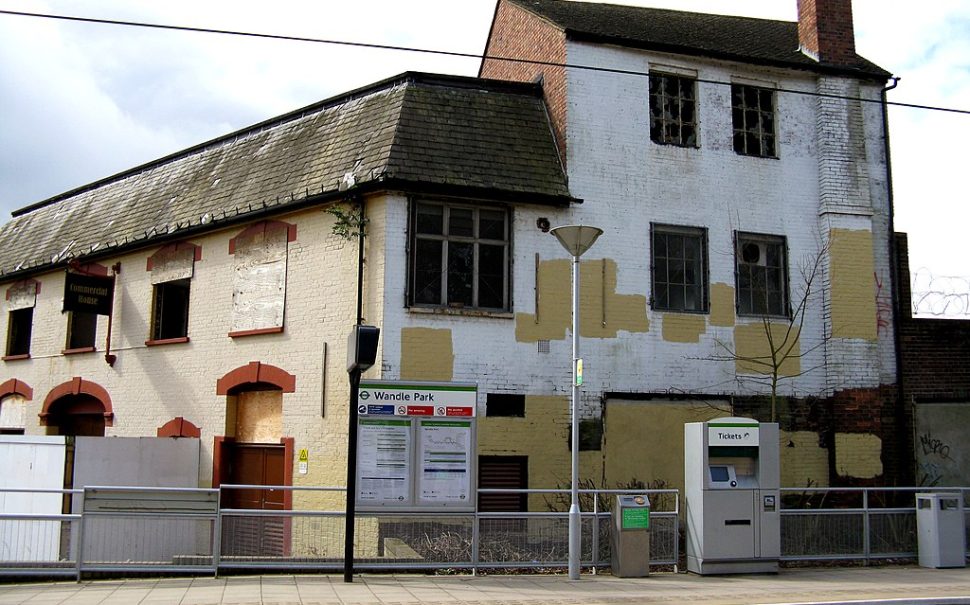The number of empty homes in London has grown to 93,602 in 2024, surpassing 90,000 for the first time since records began in 2004, Ministry of Housing, Communities and Local Government statistics show.
While the number of vacant dwellings decreased last year for the first time since 2016, this year’s figures show the number of empty houses continued the long-term rise.
Of the 93,602 empty homes, 38,386 were classed as long-term vacant, meaning that they had been unoccupied and unfurnished for over six months.
University of Liverpool professor of land economy and housing Richard Dunning said: “There are issues around COVID, and some of the spikes that happened during COVID in terms of people leaving London and then people supposedly returning since then, but not necessarily in the same places and in the same forms.
“People are moving into different forms of work and second home ownership outside the city, and then using kind of pied-à-terre in the city.”
The biggest-ever leap in the number of London empty homes came in 2020, with a 12.04% increase compared to 2019.
The widespread availability of hybrid working since then has allowed more and more workers to maintain only a flexible presence in the city.
That year was also the point at which the percentage of vacant houses rose above 2% for the first time in eight years.
The figure has continued to climb since, reaching a 14-year high of 2.45% in 2024.
Some boroughs have managed to keep their number of vacant properties low by offering incentives to renovate.
In Wandsworth, the percentage of empty houses has remained below 1% since 2015, with the rate of vacant dwellings being the lowest among all boroughs from 2016 onwards.
The council offers grants to bring empty properties back into residential use and also provides a portal for residents to flag empty dwellings.
Excessive levels of housing vacancy can have negative knock-on affects to both the immediate neighbourhood and the wider housing market.
This is because empty neighbourhoods can bring down the perceived character of an area, turning them into ghost towns, and having too few houses in active use reduces the supply in the market.
Campaign groups such as Action on Empty Homes call for councils to be granted extra powers to deal with empty homes, as well as for grassroots action to actually use empty homes.
However, for any housing system to function, a certain level of vacancy is required to allow people to move house.
Dunning added housing experts have still not identified a ‘perfect level’ of vacancy and that data surrounding vacant homes is insufficient.
As a result, he said, any system which sanctioned the owners of long-term vacant properties or similar would be incredibly difficult to enforce.
Action for Empty Homes are also calling for improved data to help identify the scale of the problem in the UK.
Featured image credit: Dr Neil Clifton via Wikimedia Commons





